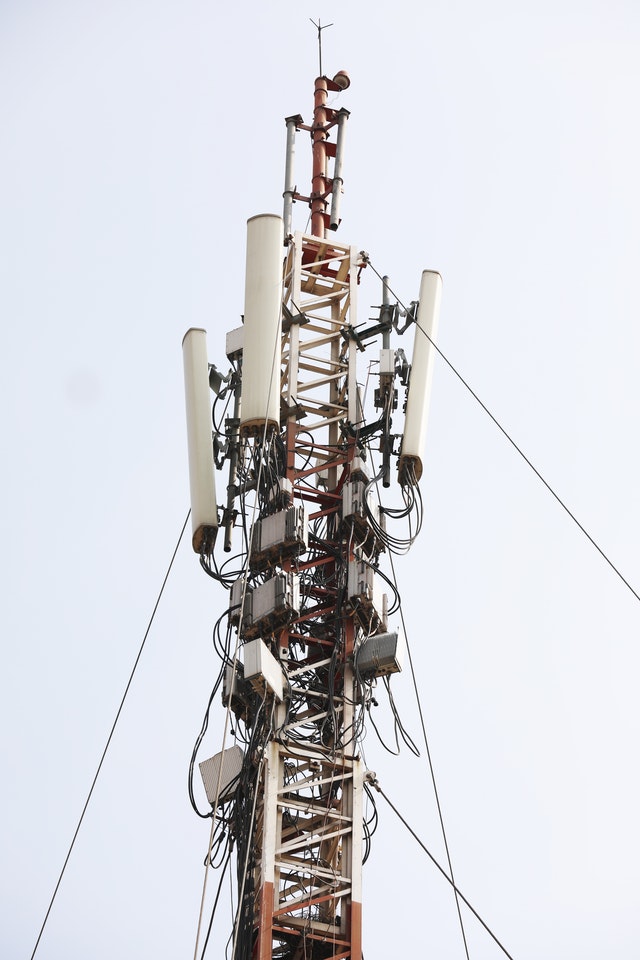
In July 2021, Zain, Mobily, STC, Etisalat, and Du—five of the largest telecom operators in the Middle East—signed a memorandum of understanding (MoU) to deploy and implement open radio access network (RAN) solutions across their service areas. The operators will also share industry knowledge to establish a path for further innovation in the Middle East information and communications technology (ICT) sector. The MoU will allow traditional RAN vendors to utilize hardware, software, and open interfaces to create more flexible 4G and 5G mobile networks and improve cost efficiencies.
Earlier in 2021, five prominent European telecom operators—Deutsche Telekom, Orange, Telefónica, Vodafone, and TIM—collaborated on a similar initiative. Each of the five Middle East operators expressed optimism regarding the potential for the agreement and its impact on the ICT sector.
“This is an extraordinary opportunity for the Middle East operators to come together to promote the development of an open technology that will help to enhance the flexibility and efficiency of our networks,” said Etisalat Group CTO Hatem Bamatraf. “I am excited about this partnership that will foster a diverse and secure 4G/5G ecosystem based on open RAN solutions. This is also a testimony to Etisalat’s commitment and leadership in innovation in the ICT sector and to development and adoption of Open RAN ensuring the best network experience for our customers.”
What Is Open RAN?
The RAN is one of two domains comprising the mobile network (the other being the core network). The RAN functions as the last link between a mobile phone and the network and includes the antennae atop towers, buildings, and base stations. The antenna receives and transmits signals from hand-held devices, which are then digitized via the RAN base station and connected to the network. Open RAN allows mobile network operators to utilize equipment for different vendors while ensuring interoperability.
To create a more diverse vendor ecosystem, many mobile operators, including the aforementioned Middle East companies, are reconfiguring their network architecture requirements with emphasis on the RAN. Open RAN involves the following three primary building blocks: radio unit (RU), distributed unit (DU), and centralized unit (CU).
Located near the antenna, the RU is the equipment that receives, amplifies, transmits, and digitizes radio frequency signals. The DU and CU send these digitized radio signals to the network. Open RAN is named as such as it involves the “opening” of the interfaces and protocols between the building blocks to present more options for operators regarding equipment and software and, in turn, enhance network efficiency.
How It Affects 5G Adoption
Open RAN is central to widespread 5G adoption as it allows for single-vendor RAN solutions to be replaced with scalable network architectures already compatible with 5G networks. It can also reduce costs associated with 5G technology deployment and allow for greater flexibility concerning advancements in 5G technology. More specifically, network administrators using open RAN can easily adapt to these advancements by sending updates to the network infrastructure.
The five companies that signed an MoU for open RAN are far from the only mobile operators to utilize the technology in support of 5G deployment. DISH recently announced it was utilizing open RAN technology for its 5G network in the United States. The company intends to connect 70 percent of the US population to a 5G network by 2023. Moreover, Japanese operator Rakuten has a 5G network that makes use of open RAN architecture, while Vodafone promises to carry out open RAN trials in Europe and Africa involving data services and mobile calls across 5G, 4G, 3G, and 2G networks.
Other Benefits
Put simply, the primary benefits of open RAN include increased customer choice and market competition as well as improved network performance and lower equipment costs. Because open interface standards allow third-party product integration with the primary RAN vendor’s infrastructure, operators can reduce hardware costs. Moreover, increased market competition traditionally results in a decrease in the price of goods and services. Operators will then benefit from lower prices for software, equipment, and other infrastructure elements.
Open RAN also provides a network ecosystem to enhance innovation. With more vendors contributing network building blocks, operators have more options than they would on a traditional RAN and can potentially add new and innovative services using technologies such as artificial intelligence.
Open RAN Challenges
While open RAN can be a game-changer for operators and consumers, it isn’t without its challenges. Perhaps its greatest challenge is widespread adoption, but that is becoming less of an issue following the MoUs signed by the operators in Europe and the Middle East.
Solving challenges that arise in the network can also be problematic for open RAN models. Environments are much more complex than sole-vendor RAN models, which can make issues more difficult to identify and overcome. Moreover, ensuring network security can be more difficult with multiple vendors connected to a RAN. However, the O-RAN Alliance created a security task force to address relevant challenges and develop security guidelines and architecture for open RAN standards.
